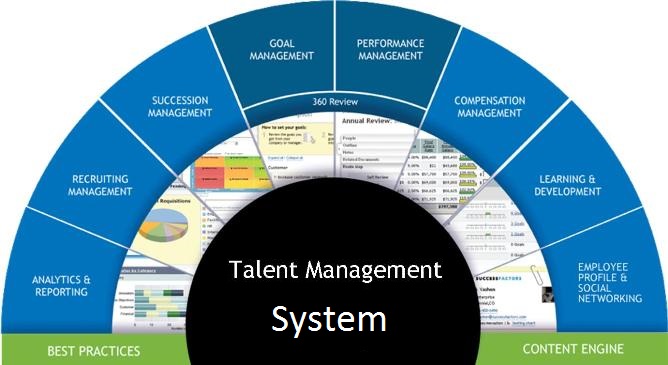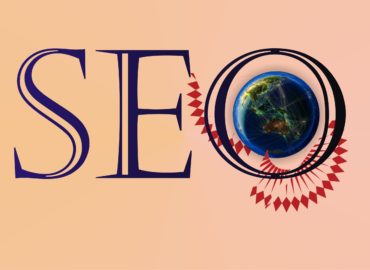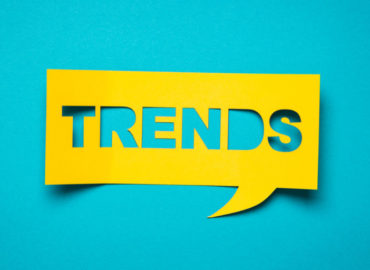MANAGING THE MULTIGENERATIONAL WORKPLACE
Today’s workforce is decidedly multigenerational. It is comprised of five generations – Traditionalists, Baby Boomers, Generation X, Generation Y (or Millennials), and a smattering of Generation Z – whose life experiences have left indelible marks on their values and work preferences. This rapid and unprecedented demographic shift has many talent management and business leaders wondering how organizations will adapt to the “5G” workplace.

The focus of many organizations’ recruitment and retention initiatives have included race and ethnicity, gender, veteran recruitment and development, people with disabilities, and more. There is an increasing demand in the workforce today to add multigenerational diversity to the mix. Business executives and talent development managers must include the effects multiple generations have in the workplace to their diversity and inclusion initiatives. Multigenerational workplaces create unique challenges and opportunities for employers who want to leverage each generation’s talents and strengths to benefit their organizations’ bottom lines.
THE 5 GENERATIONS
To appreciate the differences between the generations, it is important to understand the formative events each generation experienced and how these events shaped their expectations in the workplace.
The Traditionalists
- Born before 1946.
- Four percent of Traditionalists are still in the labor force.
- World War II was the seminal event of their childhoods.
- View work as a privilege.
The Baby Boomers
- Born between 1946 and 1964, the oldest Baby Boomers turned 65 in 2011.
- It is projected that 10,000 Baby Boomers will reach retirement age each day through 2020.
- By 2030, all Baby Boomers will be more than age 65.
- Nearly 70 million Baby Boomers will retire over the next decade.
Generation X
- Born between 1965 and 1979, this generation is often overlooked because of the much larger generations that come before and after.
- Formative years were marked by revelations of governmental corruption (Watergate), environmental disasters (Three Mile Island, Chernobyl), and the global AIDs epidemic.
- Became the first “latchkey” generation as divorce rates skyrocketed and mothers entered the workplace in droves.
The Millennials
- 80 million strong.
 Born between 1980 and 1995.
Born between 1980 and 1995.- By the end of 2014, they will comprise 36 percent of the U.S. workforce.
- By 2020, they will comprise 46 percent of the U.S. workforce.
- Technology-savvy and the most diverse generation ever.
Generation Z
- Born starting in 1996.
- The oldest of this generation is just entering the workforce.
- Having an impact on the world may be more important than their jobs.
- They are even more technologically plugged in than Millennials.
THE BUSINESS CASE FOR PROACTIVELY MANAGING A MULTIGENERATIONAL WORKPLACE
Although there are certainly differences among the generations that can lead to workplace tension and lowered productivity, emerging studies suggest that these differences may be overstated and more importantly, can be effectively addressed and leveraged to actually strengthen an organization’s bottom line. Business leaders should focus on honoring those differences while focusing on similarities when developing plans to recruit, retain, and engage employees from different generations. All generations want meaningful work, opportunities to learn and develop, work-life balance, and to be treated fairly and with respect.
There are real benefits for organizations that proactively address multigenerational issues in the workplace, according to the AARP report Leading a Multigenerational Workforce. Those benefits include:
- Improved corporate culture.
- Improved competitiveness.
- More effective recruitment.
- Improved employee engagement and morale.
- Better employee retention.
CREATING A MULTIGENERATIONAL ROADMAP FOR YOUR ORGANIZATION
Erica Fener, vice president of business development for Progressus Therapy in Tampa, Fla., offers the following tips on how to manage a multigenerational workplace. These suggestions will help leverage each generation’s strengths while fostering collaboration throughout the organization:

1. Communicate appropriately, gearing messages for generational preferences.
2. Create programs that encourage generations to work together and to share knowledge.
These tips will help to create common ground among generations, but organizations are encouraged to develop policies and programs that will help meet each generation’s unique needs and expectations.
CONCLUSION
The multigenerational “5G” workforce brings with it a variety of challenges and opportunities. Business leaders should help employees of all ages understand the attitudes and preferences of the different generations, and talent management and development leaders should work to foster better communication among the generations to avoid potential conflict. Understanding and communication can minimize generational gaps and focus employees on their shared values and expectations. Organizations that work proactively to address the different generations will reap the benefits, while those that ignore the impact of the multigenerational workforce risk losing in the war for talent.
What do you think of with “10G”
Feel free to write us on info@xinicomms.com
All good from Kip Kelly ,Dan Bursch, and Charles Ataghoma




